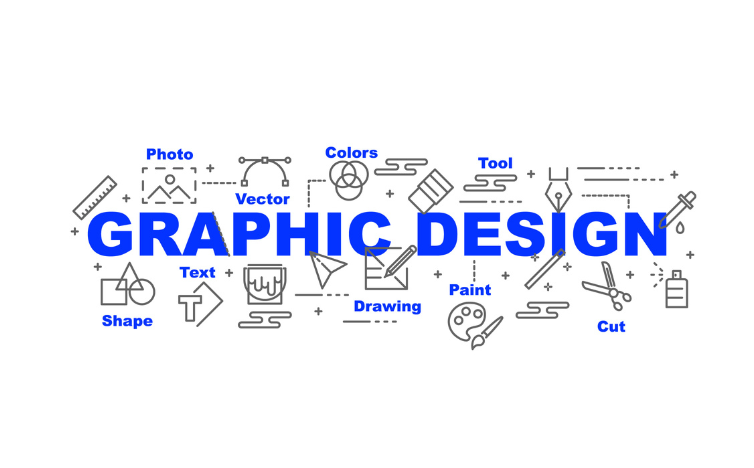Graphic design plays a crucial role in shaping the user experience (UX), influencing how users perceive, interact with, and feel about a digital product or platform. When done well, graphic design enhances usability, boosts engagement, and creates an overall enjoyable experience. Here, we’ll explore the different ways graphic design affects UX and why it matters in today’s digital landscape.
The Connection Between Visual Appeal and User Retention
A well-designed interface draws users in and encourages them to stay longer. A visually appealing design creates a positive first impression and sets the tone for the entire experience. Design choices like color, typography, and layout influence how users perceive the brand and determine whether they will continue exploring or leave prematurely.

When users feel comfortable with the design, they’re more likely to engage, which ultimately improves retention rates. This impact is particularly critical for businesses, as user retention translates into a higher likelihood of conversions and brand loyalty.
Enhancing Usability Through Intuitive Design
Good graphic design goes beyond aesthetics; it’s also about functionality. Usability is a core aspect of UX, and an intuitive design ensures users can navigate the platform easily. Effective graphic design employs visual hierarchy, alignment, and spacing to guide users to the most important elements without confusion. For example, clear buttons, accessible menus, and legible fonts all contribute to a seamless experience.
An intuitive design reduces the cognitive load, allowing users to perform tasks effortlessly. When users don’t have to think hard to find what they need, it increases their satisfaction and reduces frustration.
See Also: How to Create a Graphic Design Portfolio That Stands Out
Establishing Brand Identity and Trust
Consistent, professional graphic design helps establish a strong brand identity and build user trust. A cohesive design reinforces brand values and communicates reliability, fostering a sense of familiarity. For instance, the use of a consistent color scheme, logo placement, and style creates a unified look that users begin to recognize and trust over time.
When users feel they can rely on a brand, they are more likely to return and recommend the product or service. Graphic design thus serves as a bridge between the brand and its users, establishing credibility that’s vital for long-term engagement.
Driving Emotional Engagement Through Design Elements
Graphic design has the power to evoke emotions, which significantly impacts UX. By using imagery, color psychology, and font styles, designers can create specific moods that resonate with the target audience. For instance, warm colors might evoke a sense of friendliness and energy, while cooler tones could convey calmness and professionalism.
Emotional engagement enhances the user experience by creating a memorable interaction. When users feel emotionally connected, they’re more likely to feel satisfied and develop a lasting bond with the product or brand.
Improving Accessibility for a Broader Audience
A well-designed user interface takes into account accessibility, ensuring that users of all abilities can interact with the product. Graphic design can make or break accessibility by determining how elements are presented. For example, designers might consider using high-contrast colors for readability or scalable fonts to accommodate users with visual impairments.
An accessible design enhances UX by making the product inclusive. When everyone, regardless of their physical or cognitive limitations, can navigate the platform, it increases user satisfaction and broadens the product’s reach.
See Also: Graphic Design Tips for Eye-Catching Social Media Visuals
Encouraging Action Through Visual Cues and Microinteractions
Graphic design also plays a role in encouraging users to take action. Visual cues like buttons, arrows, and highlighted text guide users toward specific actions, making the experience more interactive. Microinteractions, such as animations when a button is clicked or subtle feedback when a form is submitted, provide confirmation and enhance the overall user experience.
These small design elements give users a sense of control and satisfaction. By subtly guiding them, designers can encourage desired behaviors, from signing up for a newsletter to making a purchase.
Call us: Contact us For Graphic Designing Services: +971 58 830 3415
Conclusion
The impact of graphic design on UX goes far beyond aesthetics. It shapes how users perceive and interact with digital products, influences emotional engagement, and determines overall usability. By prioritizing thoughtful, user-centered design, businesses can create enjoyable and effective user experiences that foster loyalty and drive success.
